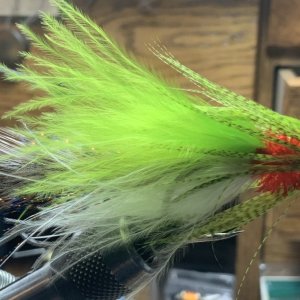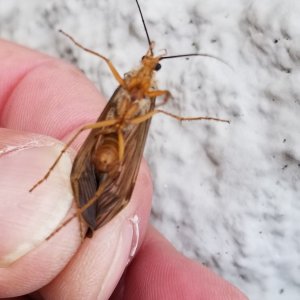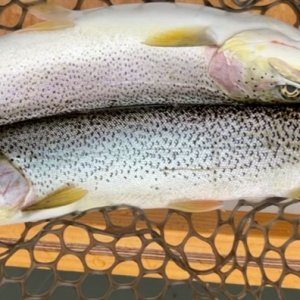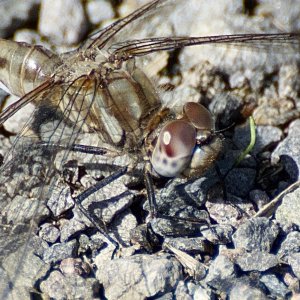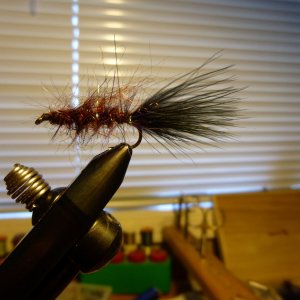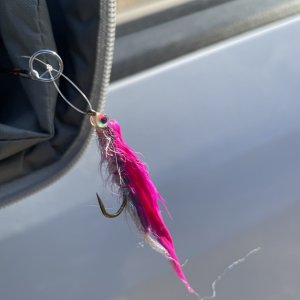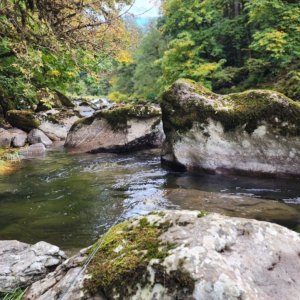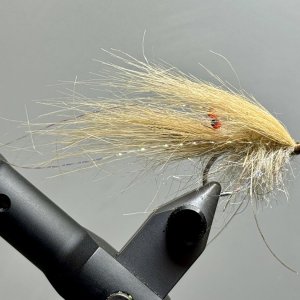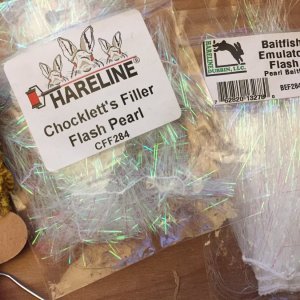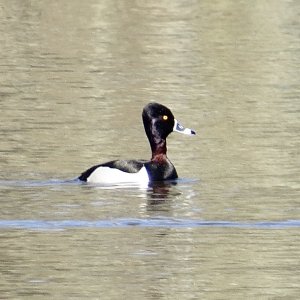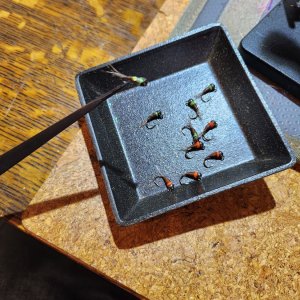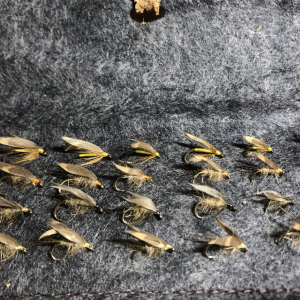Chris Johnson
Steelhead
I don't know how you received my question, but it was asked out of genuine curiosity, no malice intended.It has been talked about for over 20yrs and well documented, somewhere.
I found this study from the Cowlitz: https://www.sciencedirect.com/science/article/pii/S0165783623002412.
From the discussion: Coho Salmon survival was high after C&R with no clear evidence for differences in recapture rates between control and treatment fish. Stuby (2002) reported 15 % C&R mortality for Coho Salmon caught on lures, but our results suggest C&R recreational fisheries that primarily target Coho Salmon with lures and jigs should be expected to have negligible impacts on prespawning survival. It was unclear whether Coho Salmon fisheries that rely on bait should be expected to increase prespawning mortality because we angled few Coho Salmon with bait, which was less effective in the fishery. However, we did find indirect evidence that terminal tackle may influence Coho Salmon survival. Specifically, use of bait increased the probability of hooking fish in critical locations. Vincent-Lang et al. (1993) estimated 11.7 % C&R mortality for Coho Salmon angled using bait and found hook location significantly affected survival rates.


